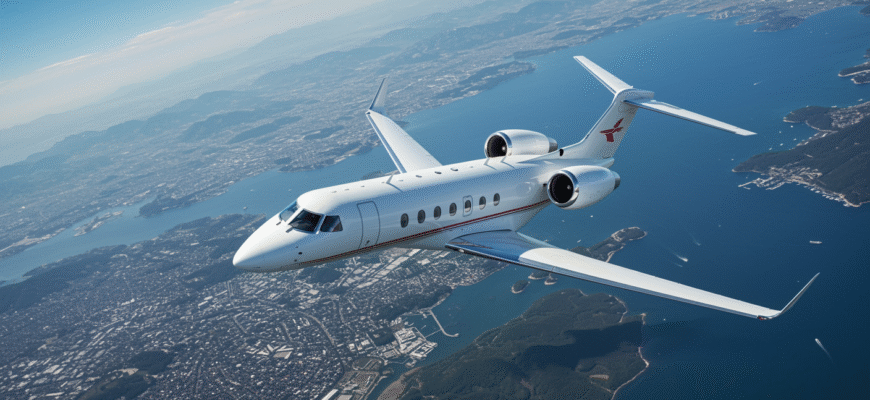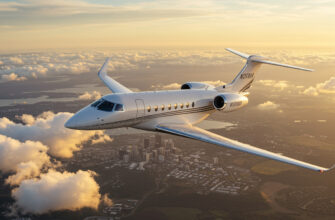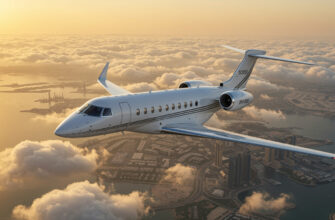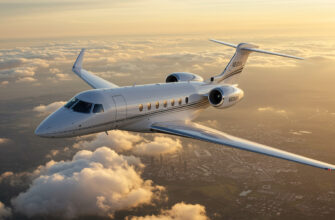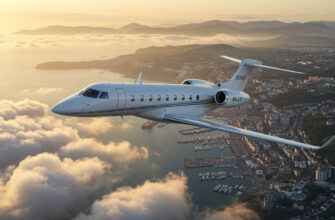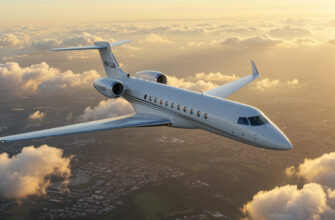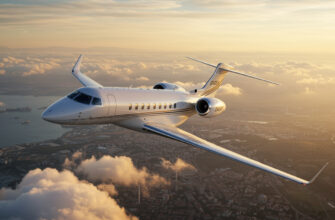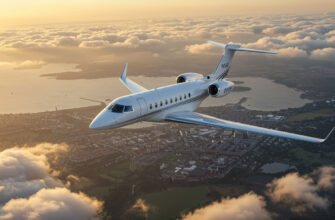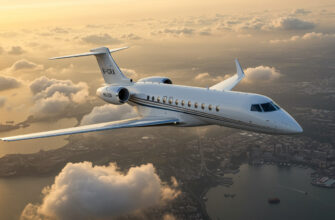Some places just do luxury differently, and Japan is one of them. Flying private here isn’t just about skipping security lines or sipping champagne mid-flight. It’s about precision, ritual, and the kind of hospitality that turns travel into performance art. The culture brings its signature finesse to the sky—with some of the most meticulous aviation services on the planet. Whether you’re chartering to Tokyo for business, retreating to Kyoto for a private wellness tour, or flying out post-art auction with a one-of-a-kind piece onboard, Japan makes that experience feel like an invitation into a more exclusive version of reality.
So, who actually flies private into Japan? Think A-list celebs escaping paparazzi, ultra-high-net-worth individuals collecting rare Japanese watches and vintage sake, influencers in full-glam flying in for a 24-hour cherry blossom photo shoot—and even manga tycoons bringing their work across the Pacific. For many, it’s not just about luxury—it’s about control, privacy, vibe curation, and arriving ready. If you’re nosing into this world, odds are you’re curious about what’s behind the gated doors—and how to live that high-sky lifestyle without looking clueless.
What Makes Private Jet Charters To Japan So Wildly Different
Japan doesn’t just do luxury—it refines it until it’s almost invisible. There’s a comfort in that detail-first approach, and when it translates to flying private, the whole thing feels more like checking into a meditative suite than boarding an aircraft. Flyers aren’t just avoiding commercial chaos—they’re seeking out an experience as tailored and intentional as a handwritten haiku.
Private jet charters here attract a mix of personalities:
- Actors heading directly to Tokyo International Film Festival, bypassing airport mobs
- Silicon Valley or Tokyo-based tech CEOs flying in for classified meetings (or VR launches)
- BookTok influencers doing midnight product reveals 20,000 feet up on a plane with LED lighting that matches their cover art
- Collectors flying home with hundreds of thousands in rare bonsai trees or streetwear hauls
What keeps people curious? The mystery. What does a fully-catered omakase at 40,000 feet even look like? Is it really possible to skip immigration in Tokyo without a single stamp or line? And just how wild do the jet amenities get? Spoiler: private tea ceremonies and rotating art installations midair aren’t fiction.
The VIP Experience From Gate To Sky
Japanese aviation digs into the art of privacy. From the second your jet arrives, everything is structured to feel calm, silent, seamless. Unlike the rushed commercial zones most of us know too well, Japan’s private terminals—called FBOs (fixed-base operators)—are quiet pockets of precision.
Here’s where the magic typically happens:
| Airport | FBO Perks |
|---|---|
| Tokyo Haneda (HND) | Most central, VIP lounges outfitted with zen gardens, fastest customs processing |
| Narita (NRT) | More flight slots available during peak season, often used for long-hauls |
| Kansai (KIX) | Popular for Osaka and Kobe-focused trips, optional yacht-to-plane service |
Skip the noise. You’re met right on the tarmac or in a separate wing—sometimes with personalized immigration embedded into the process. No lines, no questions from strangers, no flashing cameras. Documents? Handed over silently between agents in white gloves.
While waiting to board, passengers are offered preflight indulgences like:
– Fresh sushi from a partnered omakase master
– Tailor-made cocktails featuring local. rare ingredients
– Silent, guided tea ceremonies to balance energy before flying
And in the air? It gets even better. Some jets offer rotating art installations curated by rising Japanese artists. Others have cozy sake bars, or entire karaoke lounges with soundproof walls so late-night slip-ups don’t go viral.
This isn’t just air travel—it’s a floating extension of Japan’s obsession with precision and mood. Where shaking off jet lag starts midflight, and the sushi chef knows your soy preference by the final cruise altitude.
Types Of Aircraft Available For Japan Routes
Not all flights run the same, and the type of jet you board in Japan seriously shifts your experience. For short routes—like Tokyo to Osaka or Sapporo—expect light jets like the Citation CJ3+ or Learjet 75. They’re efficient, compact, and more than enough if you’re hopping city to city for fashion week or a quick spa weekend.
Long-haul? That’s where the big ones shine. Gulfstream G650, Bombardier Global 7500, or Dassault Falcon 8X—jets that can handle the Tokyo–LA flight without fuel stops. They’re basically luxury apartments in the sky, just with less gravity and more speed.
Want to know what flying in these jets actually looks and feels like?
- Some G650s are outfitted with tatami-mat lounges and shoji sliding panels for private meditation areas
- Others have onboard gyms, trainers, and massage beds sealed off in soundproof wellness pods
- Cabins often mimic luxury Tokyo suites: think indirect lighting, hinoki wood finishes, and fabric woven by heritage artisans
And yes, you can customize almost all of it. If you’ve ever dreamed of taking off with an airborne ramen bar staffed by a Michelin-level chef—or installing an ultra-lightweight piano for in-flight inspiration—it’s just a deposit and a few calls away.
How Much Does It Really Cost to Fly Private in or out of Japan?
Most people assume flying private is just for billionaires and world-tour pop stars. But what if you’re a tech CEO, a K-pop manager, or a BookTok author after a soft-launch novel drop? The truth is, pricing is messy—customized routes, jet types, and add-on luxuries twist the cost until it’s barely recognizable.
Let’s break it down:
- Tokyo–Sapporo or Osaka: A light jet (like a Citation CJ3) will burn around $3,500–$5,000 per flight hour. That’s a 1.5–2.5 hour trip depending on aircraft—so budget for at least $8,000–$12,000 one way.
- Tokyo–Okinawa: This longer leg can call for a super light or midsize jet, running $5,000/hr. With 3+ hours flight time, expect something in the $15,000–$18,000 range.
Going international? That’s where the price really climbs. A Tokyo–LAX charter on a Gulfstream G650ER or Bombardier Global 7500 will drain $120,000 to $195,000. And reaching London? Often north of $210,000 when you count flight time, fuel, plus crew logistics.
What people forget is the ugly little add-ons. Private jet terminals sometimes mean waiting in hangars—not lounges—during high-traffic hours. Crews might need rest between long hauls, leading to unexpected delays. Fuel surcharges shift monthly. Suddenly that sticker price looks like the starting bid, not the total.
The way you book also changes your bill. Membership models (like Jet Card systems) sometimes bake in lower rates, fixed perks, or loyalty bonuses. But they tie you to one operator. On-demand booking is flexible and lets you shop around—but it means calling brokers, reviewing aircraft specs on the fly, and hoping someone with a G550 is free the night you need them.
Luxury vs. Utility: What Jet Flyers Use Them For
Flying private through Japan isn’t just dripping gold leaf on every surface for the optics. While there are plush corners designed for pure flex (book drop photo ops, art museums at altitude), a surprising number of charters are deeply practical.
- For business moguls, closed-door time midair isn’t a splurge—it’s table-stakes. Tech launches, fast-track deals, and thirty-hour Asia rounds without TSA lines mean private jets become mobile boardrooms.
- Cultural influencers—think manga creators or BookTok stars—charter jets to ship signed ARCs, film TikToks in custom cabins, or make the kind of arrival that sells the next ten chapters.
- Medical tourists book jets for privacy, comfort, and peace-of-mind discharges. Post-surgery flights with onboard medical staff? Not uncommon.
- And then there’s the family crowd. Flying grandma first class with a lapdog who hates crates? Not happening. But in a private jet where the dog’s bed gets its own seatbelt and the cabin stays pin-drop silent? Game on.
Booking a Private Jet to Japan Without Looking Like You Just Won the Lottery
Some people want Champagne on ice and everyone to know it. Others just want to step off the jet looking clean, collected, and a little mysterious. Discretion starts at the booking stage.
Brokers are the safer play if you’re nervous about permits and paperwork—Japan’s aviation rules are tight. But trusted platforms like Avinode and Victor let experienced fliers search, compare, and book with less back-and-forth.
For the ultra-private crew? They’re not booking under their real name. They’re using team aliases, personal assistants, and burner emails. The goal isn’t luxury—it’s to be invisible while riding it. Apps help with the surface layer, but real stealth? That’s in how you move, not just how you fly.
